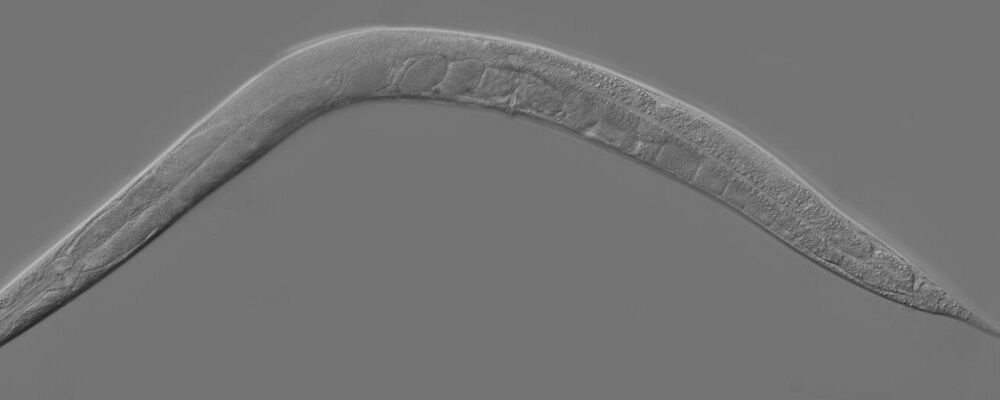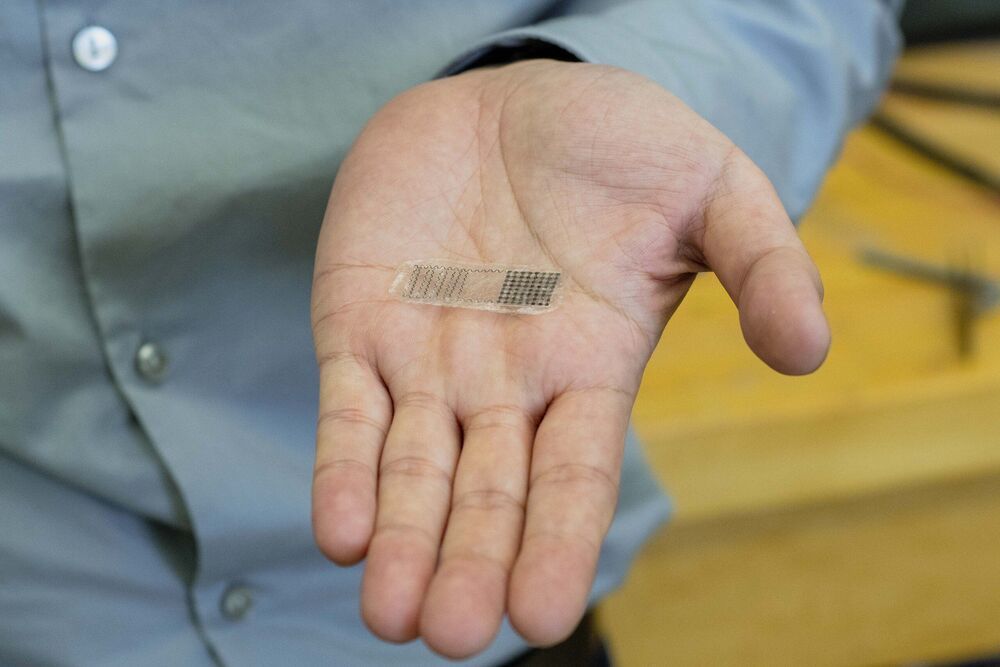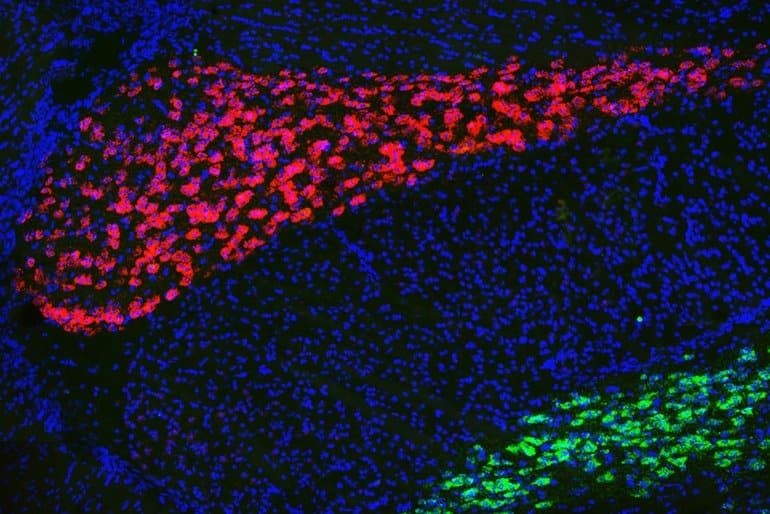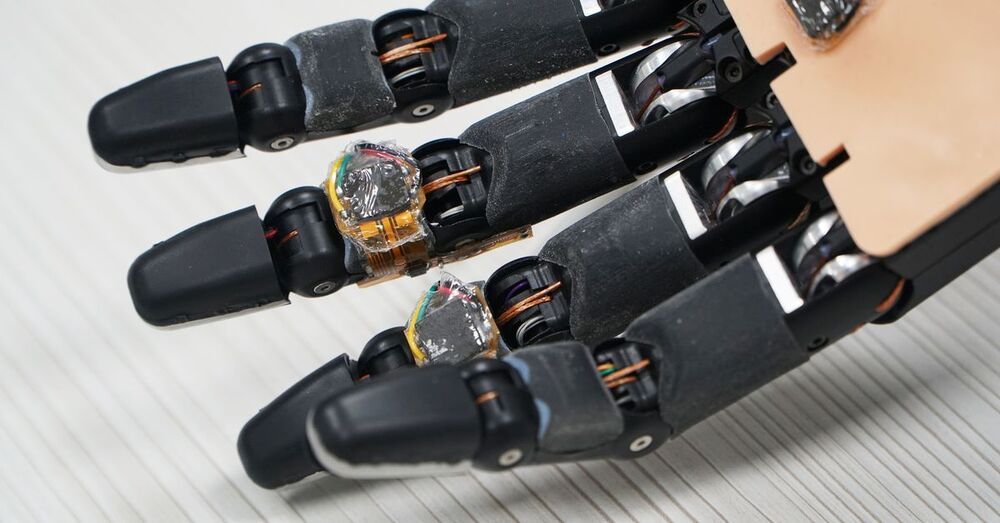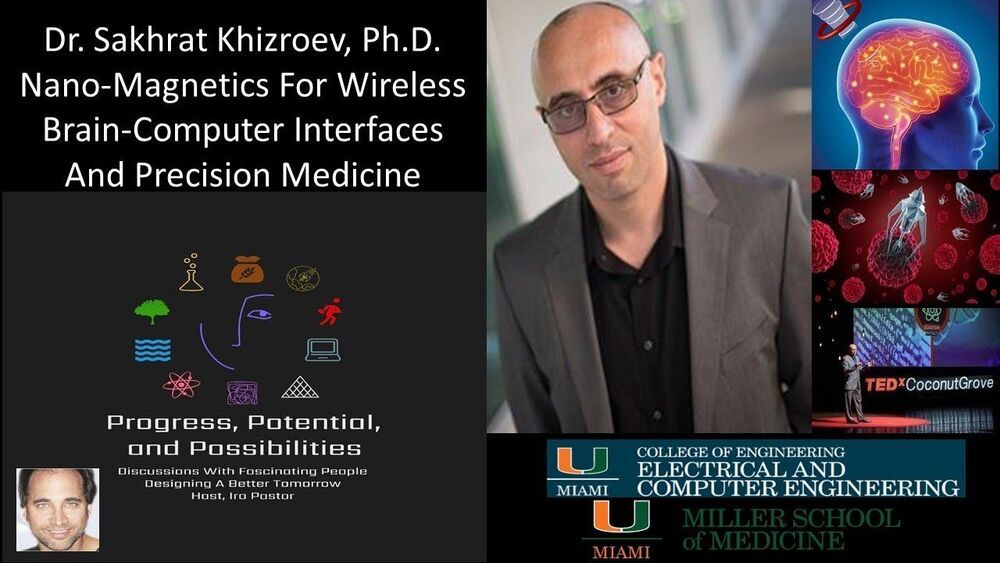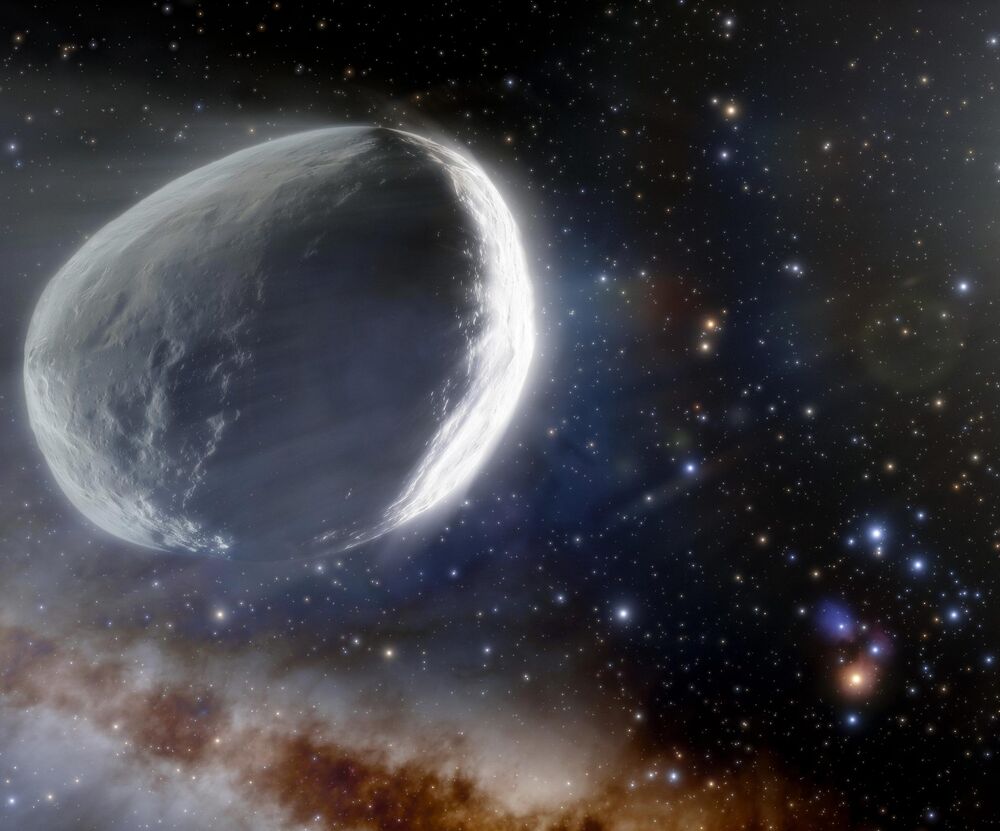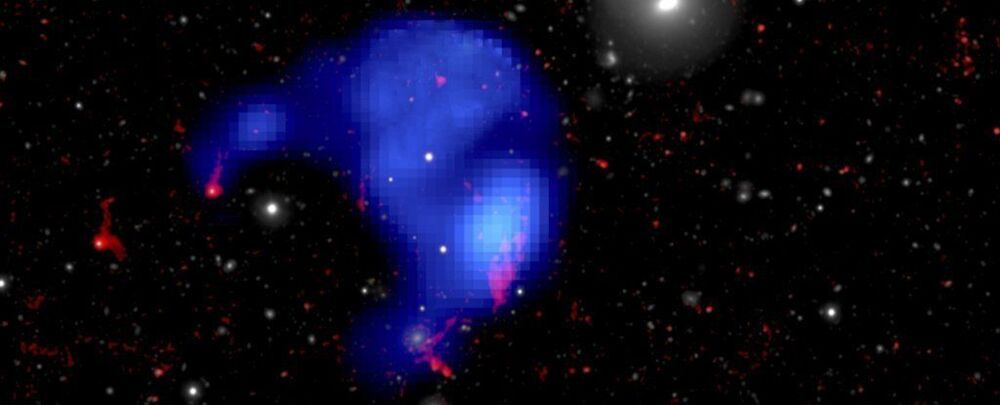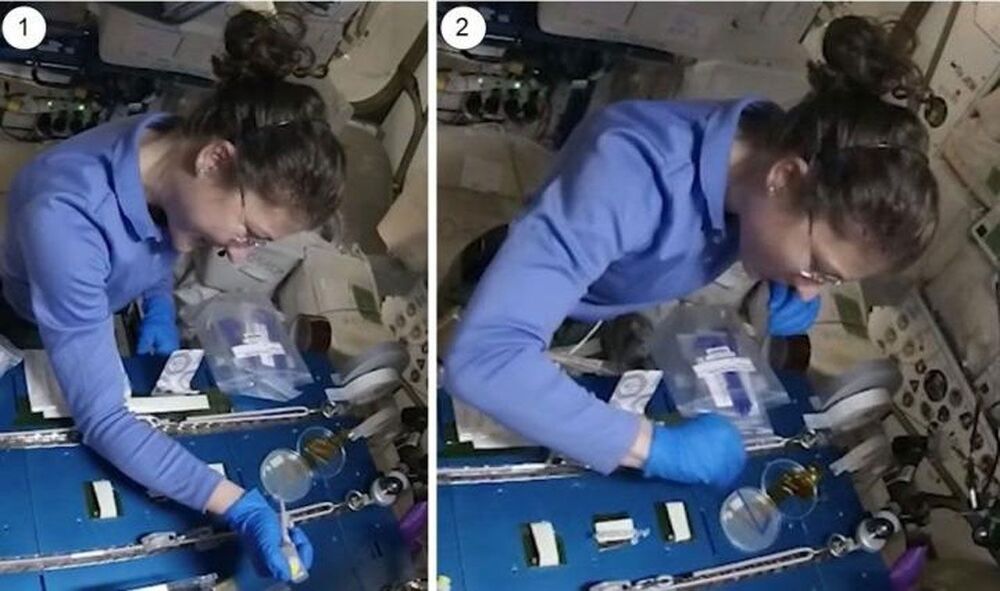Jul 6, 2021
Methane in the Plumes of Saturn’s Moon Enceladus: Possible Signs of Life?
Posted by Lawrence Klaes in categories: biological, chemistry, food, space
An unknown methane-producing process is likely at work in the hidden ocean beneath the icy shell of Saturn’s moon Enceladus, suggests a new study published in Nature Astronomy by scientists at the University of Arizona and Paris Sciences & Lettres University.
Giant water plumes erupting from Enceladus have long fascinated scientists and the public alike, inspiring research and speculation about the vast ocean that is believed to be sandwiched between the moon’s rocky core and its icy shell. Flying through the plumes and sampling their chemical makeup, the Cassini spacecraft detected a relatively high concentration of certain molecules associated with hydrothermal vents on the bottom of Earth’s oceans, specifically dihydrogen, methane and carbon dioxide. The amount of methane found in the plumes was particularly unexpected.
“We wanted to know: Could Earthlike microbes that ‘eat’ the dihydrogen and produce methane explain the surprisingly large amount of methane detected by Cassini?” said Régis Ferrière, an associate professor in the University of Arizona Department of Ecology and Evolutionary Biology and one of the study’s two lead authors. “Searching for such microbes, known as methanogens, at Enceladus’ seafloor would require extremely challenging deep-dive missions that are not in sight for several decades.”

